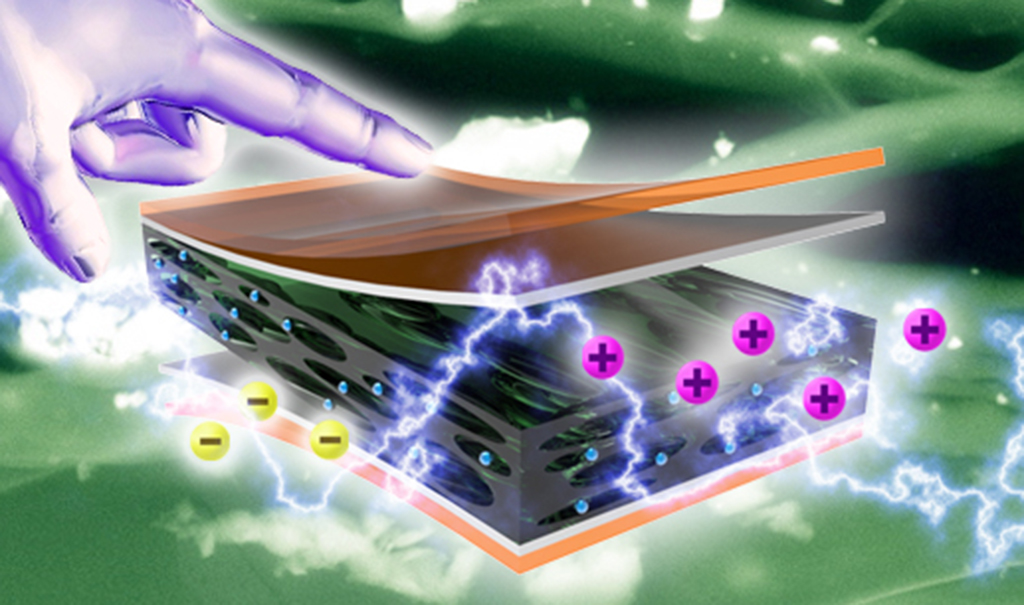Nanotechnology, the manipulation of matter on an atomic and molecular scale, has long been hailed as the harbinger of a technological revolution. Its applications span across diverse fields, from medicine to electronics, promising breakthroughs that were once confined to the realms of science fiction. As we embark on a journey through recent developments in nanotechnology, the landscape unfolds with remarkable innovations and paradigm-shifting advancements.
Nanomedicine: Revolutionizing Healthcare
One of the most promising areas of nanotechnology is in the field of medicine, where researchers are leveraging the precision and versatility of nanoparticles to transform diagnostics, drug delivery, and treatment methodologies. Nanoparticles, with their ability to target specific cells or tissues, are poised to revolutionize cancer therapy by delivering drugs directly to tumors while minimizing damage to healthy cells. Furthermore, nanoscale sensors are enabling early detection of diseases, offering unprecedented insights into cellular processes and disease progression.
Nanoelectronics: Pioneering the Next Generation of Devices
The relentless pursuit of smaller, faster, and more efficient electronic devices has propelled nanoelectronics to the forefront of technological innovation. From quantum dots to carbon nanotubes, nanomaterials are redefining the boundaries of electronic components, enabling the development of ultra-high-density memory storage, more powerful processors, and flexible display technologies. Moreover, nanoscale fabrication techniques are facilitating the integration of electronic components into everyday objects, heralding the era of ubiquitous computing and the Internet of Things (IoT).
Nanomaterials: Engineering the Building Blocks of Tomorrow
Nanomaterials, with their unique properties arising from their minuscule dimensions, are driving advancements in materials science and engineering. A single sheet of carbon atoms arranged in a two-dimensional lattice, graphene has attracted a lot of attention due to its remarkable strength, flexibility, and conductivity. Beyond graphene, a myriad of nanomaterials, including quantum dots, nanowires, and nanostructured metals, are unlocking new possibilities in areas such as energy storage, catalysis, and environmental remediation. These materials hold the key to sustainable technologies that could mitigate the pressing challenges of climate change and resource depletion.
Nanorobotics: Navigating the Frontiers of Miniaturization
At the intersection of nanotechnology and robotics lies the burgeoning field of nanorobotics, where scientists are harnessing the principles of nanoscale manipulation to create autonomous machines with unprecedented capabilities. These nanorobots, often no larger than a few nanometers, hold the potential to revolutionize various industries, from manufacturing to biomedicine. In medicine, for instance, nanorobots could be deployed for targeted drug delivery, tissue repair, or even precise surgical procedures at the cellular level, offering new avenues for personalized healthcare and minimally invasive treatments.
Nanotechnology in Agriculture: Cultivating Sustainable Solutions
In an increasingly crowded and resource-constrained world, the application of nanotechnology in agriculture promises to enhance food security, optimize resource utilization, and mitigate environmental impacts. Nanoscale sensors can monitor soil conditions, crop health, and pest infestations with unprecedented precision, enabling farmers to make data-driven decisions and optimize yields. Moreover, nanomaterials such as nanofertilizers and nanopesticides offer more efficient and targeted delivery of nutrients and crop protection agents, reducing waste and environmental contamination.
Looking Ahead: The Promise and Perils of Nanotechnology
While the potential of nanotechnology to revolutionize various aspects of our lives is undeniable, it also raises important ethical, societal, and environmental considerations. As we continue to push the boundaries of what is scientifically possible, it is imperative to tread carefully and thoughtfully navigate the complex terrain of technological innovation. Responsible stewardship, robust regulations, and inclusive dialogue are essential to harnessing the transformative power of nanotechnology for the betterment of humanity while mitigating potential risks and unintended consequences.
In conclusion
the recent developments in nanotechnology represent a convergence of scientific ingenuity, technological prowess, and human creativity. From healthcare to electronics, from materials science to agriculture, the impact of nanotechnology permeates every facet of modern life, offering unprecedented opportunities to address pressing challenges and unlock new frontiers of exploration. As we stand on the cusp of a nanotechnological revolution, let us embrace this journey with curiosity, caution, and a commitment to shaping a future that is both innovative and sustainable.
